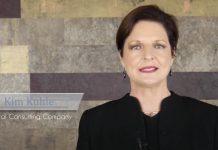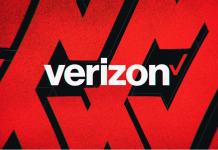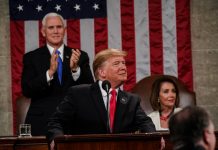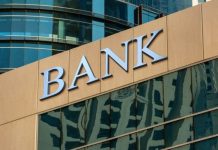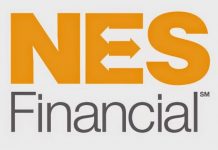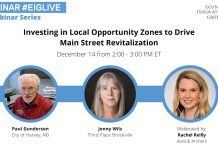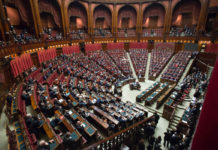There is a lot of chatter in the renewables industry about a provision called Opportunity Zones, which was part of the federal tax law passed in December 2017. This program may serve as a novel approach to the continual effort to optimize the capital stack for renewable energy projects.
We envision a Qualified Opportunity Fund (“QOF”) potentially filling several different slots in the capital stack. The QOF could serve as sponsor capital, cash equity, tax equity, or owner of a renewable asset in its entirety.
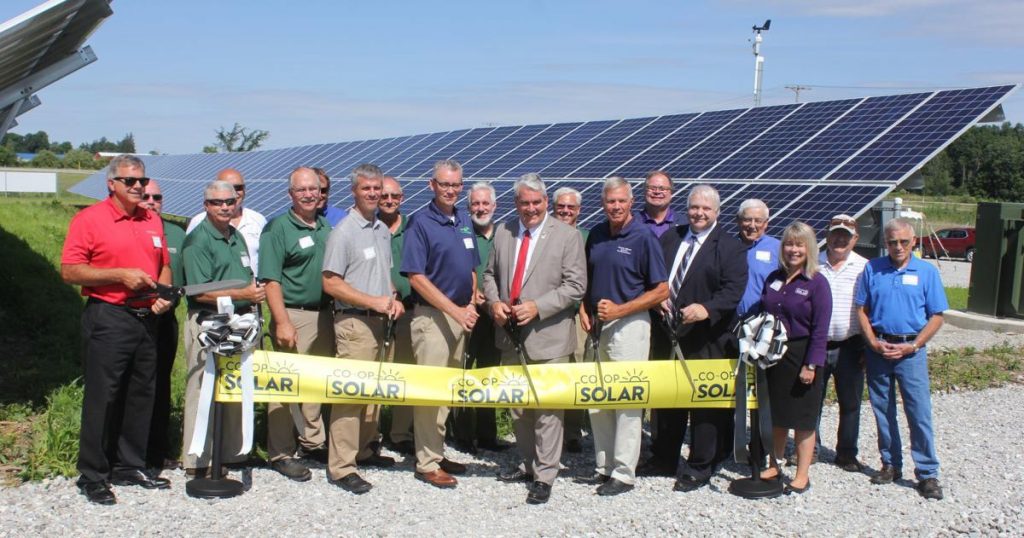
However, at least two investment opportunities in renewable energy assets do not appear to align well with the OZ program. The first is in connection with assets that have previously been constructed. Our renewables practice is serving many clients involved in transactions based on mature renewable assets – that is, investments after the investment tax credit or the renewable electricity production tax credit has expired, based largely on prospective cash flows. Under the OZ program rules, however, either:
- Equipment must have its “original use” in the zone, or
- The property must be “substantially improved” for it to qualify as QOZ property.
Property moved to a zone from another tract may satisfy the original use requirement, but that would be unusual. Property is substantially improved if, during a 30-month period, additions to the property’s basis exceed the property’s adjusted basis at the beginning of the period. Existing energy property usually doesn’t meet the mathematical requirement, but a repowering of a wind farm could do so.
Investments in a QOF must include an equity interest in the underlying Opportunity Zone business, so while some degree of leverage is usually needed in a renewable deal, a loan by a QOF of any sort would not be a qualifying use of QOF monies and would likely taint any favorable tax deferral. This would apply for both project-level and back-leverage debt.
Be careful when a property is leased in a transaction; separate rules apply that could trigger noncompliance under the program rules.
Project Finance Versus Operating Business
So far, this article has discussed OZ only in the context of project finance, such as a single or a portfolio of solar assets. The program is much more dynamic, however, and may be used to fund companies such as development companies, operating and maintenance providers, manufacturers of equipment, or, for example, a company that owns and administers electric vehicle charging stations. Separate criteria apply to these companies.
The following are additional points you should know about the OZ program:
- There is no limit to the amount of capital gains that can be deferred by any taxpayer or nationwide by all taxpayers.
- The property sold that triggers the capital gain can be located anywhere, including outside an OZ.
- The statute does not limit the class of asset whose sales are eligible for the tax deferral and does not limit the type of assets that qualify as QOF investments. Instead, the program is flexible. CohnReznick anticipates that a broad range of industries will be leveraging this program. Theoretically, this could facilitate capital leaving the renewable energy industry and capital from the sale of other types of assets, such as real estate, entering the renewable energy industry.
- Because the statute does not prescribe the class of assets that are eligible, this program broadly applies across all renewable energy technologies (such as wind, solar, hydropower, and biomass).
- The entire amount of a capital gain need not be reinvested in a QOF to achieve some tax deferral. The amount reinvested in a QOF should equal the gain to maximize the tax benefit but could be less than the gain if the investor is inclined to defer less than the entire gain or if the new investment needed is smaller than the gain realized. There are no job creation requirements under the OZ program.
- Davis Bacon wage requirements don’t appear to be triggered by participation in the program.
- There are no minimum return requirements for or reductions in the return on the investment made by the QOF for investments to qualify.
- Cash not connected with capital gains can be invested in a QOF, but this investment receives no favorable OZ tax treatment. (These are referred to as mixed-fund investments.)
- Distributions of cash flow from the QOF may trigger unanticipated taxes via “distributions in excess of basis.” Modeling the transaction is important to understand when these events are likely to occur and what impact they will have on return on investment.
- Tax losses generated by the QOZ business may not provide a timely benefit to QOF investors because of what are called outside basis limitations. Again, modeling the fund investment would reveal whether any limitations would apply.
- OZ formation and management can create opportunities for financial intermediaries experienced in the underwriting and asset management of renewable energy assets.
- Multiple investments in more than one asset may require a series of QOFs to accurately track the timeline related to each gain.
- Caution is advised regarding state and local taxation of the capital gains. Some jurisdictions have indicated that they will follow these new federal rules. If not, tax on capital gains due to these jurisdictions may not receive the same favorable treatment.
- A trap for the unwary is one in which the assets of the QOF are disposed of, rather than an interest in a QOF. All of the program benefits may not be available in this circumstance.
This article is not comprehensive. Therefore, we encourage you to speak to your advisor to be sure that your strategies align with the OZ program.
Watch for future articles, which will explore other technical rules and their application to renewable energy entities.







